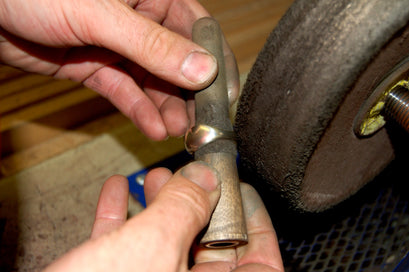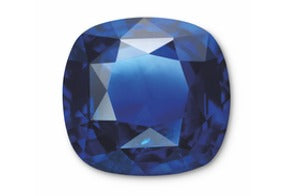Tourmaline is one of those wonderfully versatile materials. It comes in a wide array of pleasing colours, sizes and shapes. Crystals are often quite large and can be relatively clean and inexpensive, providing great value for money. Tourmaline sits between 7-7.5 on the Mohs scale, meaning it can take a good polish and is also a nice subject to carve. There’s not a whole lot negative to say about tourmaline.
Tourmaline’s most well-known colours are pink and green. Other varieties include: indicolite (blue) rubellite (pink-red), and watermelon, a pink-green bi-colour.
Then of course there is the Paraiba, or Paraiba-type. We often get asked for the difference between Paraiba and Paraiba-type. The answer is location, location, location. This blue-green variety is named after the first deposit in which it was found, the Paraiba mine in Brazil. Since then, deposits have also been found in Mozambique. Paraiba or Paraiba-type is so-called if it is coloured by both manganese and copper. There’s not much difference between the Brazilian and Mozambican stones – sometimes the colour and inclusions can vary but as long as they have their copper and manganese they’re basically chemically identical.
Tourmalines are cool because they show double refraction, which is when 1 ray of light is split into 2 directions when it hits the surface of a material. You can usually see this when looking through the table to the back facets – each edge will appear as 2 lines instead of 1. This also causes strong dichroism, which means that under polarised light the same stone can appear two different shades of the same colour, or even two completely different colours. Other stones known for double refraction and pleochroism are tanzanite, kunzite and peridot.
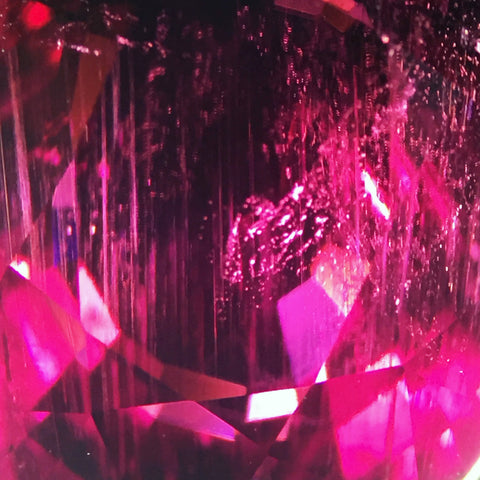
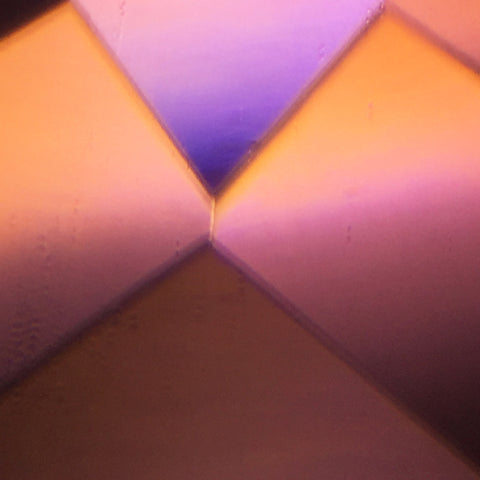
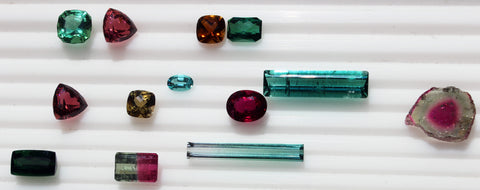
A yummy collection of the tourmaline gems available in our Greville Street showroom!
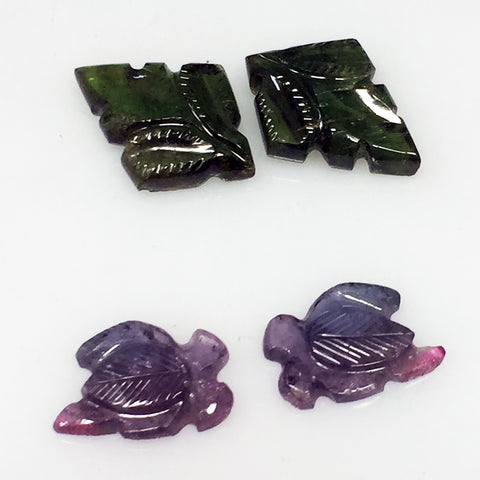
We have a selection of carved tourmaline leaves & turtles available too :)











